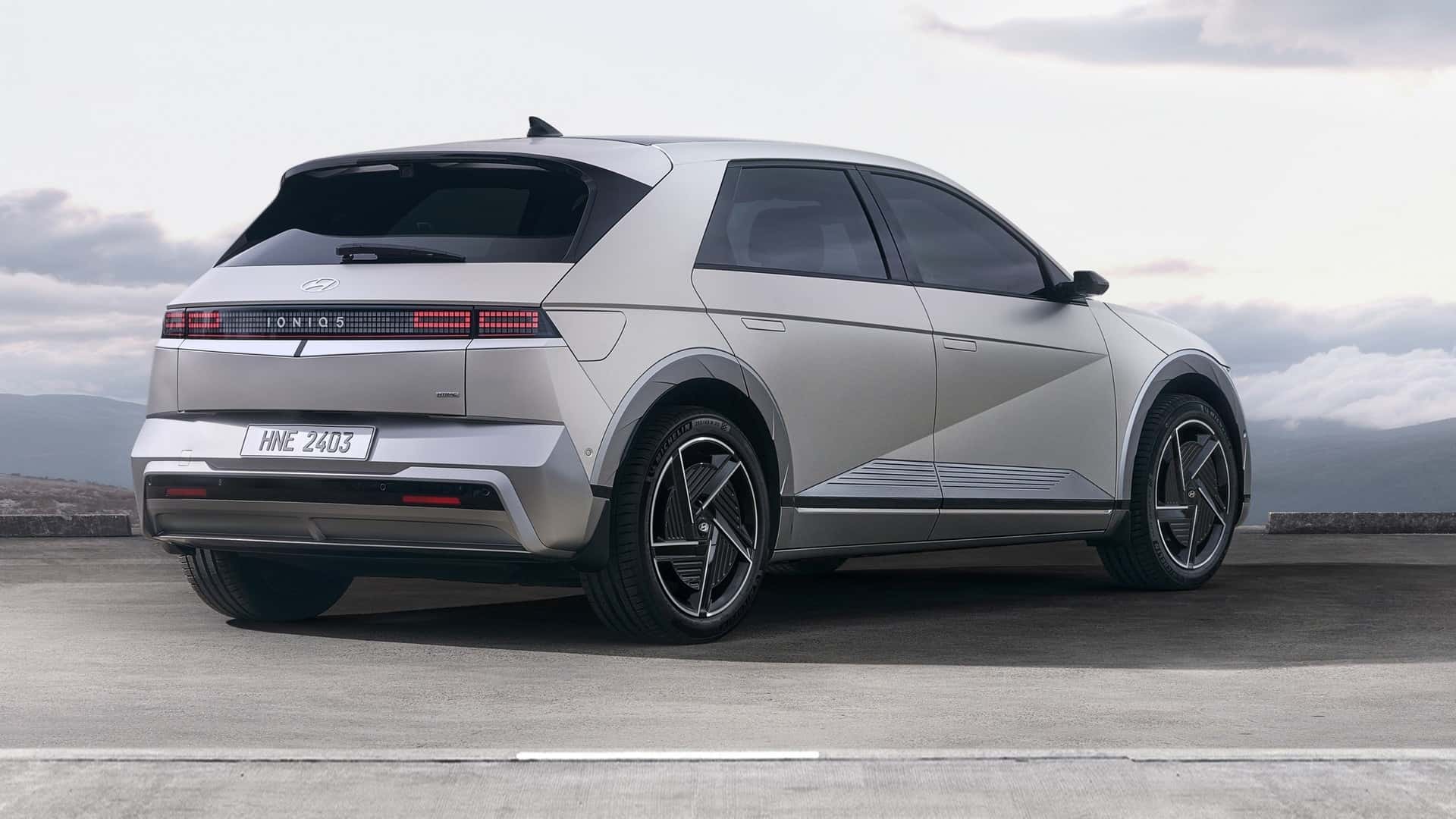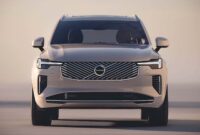The Ioniq 5 doesn’t really need a facelift as it still looks like a concept despite being in production for three years. That said, Hyundai’s first dedicated EV is due to get a facelift in 2024 in South Korea, with other regions to follow soon after. Let’s take a look at what’s changed as the update isn’t too flashy.
Moving forward, the N Line version will bridge the gap between the regular Ioniq 5 trim levels and the high-performance N. It follows Hyundai’s strategy for conventionally powered models by adopting a slightly sportier-looking body kit without the extra performance. The all-show-without-extra-go variant features different bumpers, side skirts, and 20-inch wheels in a fresh design. You can easily tell which is which by the “fangs” on the front and the “N Line” emblem on the grille.

11 Photo
Hyundai has also given the standard Ioniq 5 a facelift with a slightly revised grille and reshaped bumpers. While the width, height and wheelbase remain the same, the EV is 20 millimeters (0.8 inches) longer with its updated bumpers. Additionally, the rear spoiler has been widened by 50 millimeters (1.97 inches) and there are new alloy wheels to choose from. Oh, and there’s finally a rear wiper – a feature we’ve been expecting since the Ioniq 5 N had one.
The interior may look more or less the same, but Hyundai has given it more buttons. Just as the Tucson has additional physical controls, the Ioniq 5 gets additional shortcuts to frequently used features. There are rows of buttons for quickly activating the heated and ventilated front seats, the heated steering wheel, and the parking assist function. You can find the controls at the top of the Universal Island, which is marketing jargon for a sliding center console.
There are other changes in the area as the wireless charging pad is more accessible after being moved closer to the driver and front passenger. The pad is located to the left of the cup holders, which are now arranged vertically. Hyundai has also changed the climate controls on the dashboard and installed interactive pixel lights on the steering wheel.


Step up to the N Line version and you’ll get extras like sport seats, a black roof lining, red stitching, two-tone upholstery, and a different look for the steering wheel and dashboard. Owners will be able to fold the second-row seats remotely.
Elsewhere, the new Ioniq 5 gets an updated infotainment system with over-the-air updates, enhanced safety tech, reinforced doors and B-pillars, and increased body rigidity. Hyundai has tweaked the dampers to reduce vibrations felt through the steering wheel and doubled the reinforcements at the rear and underside of the car to reduce noise. Additionally, the rear motor has more sound insulation than before for a quieter cabin. Inherited from the Ioniq 5 N, the regular model now has a larger 84-kWh battery pack, up from 77.4 kWh.
The updated Ioniq 5 and new Ioniq 5 N Line will go on sale this month in South Korea before arriving in global markets in late 2024.




